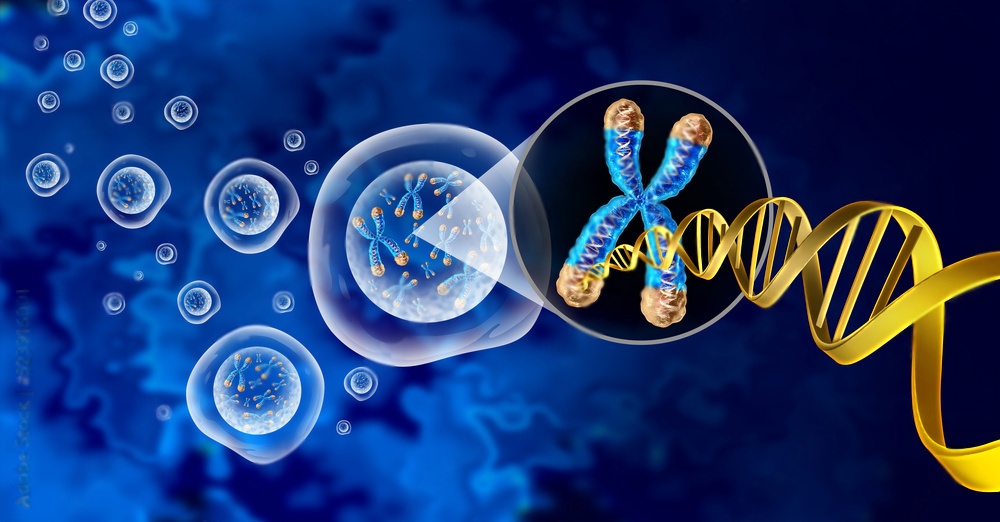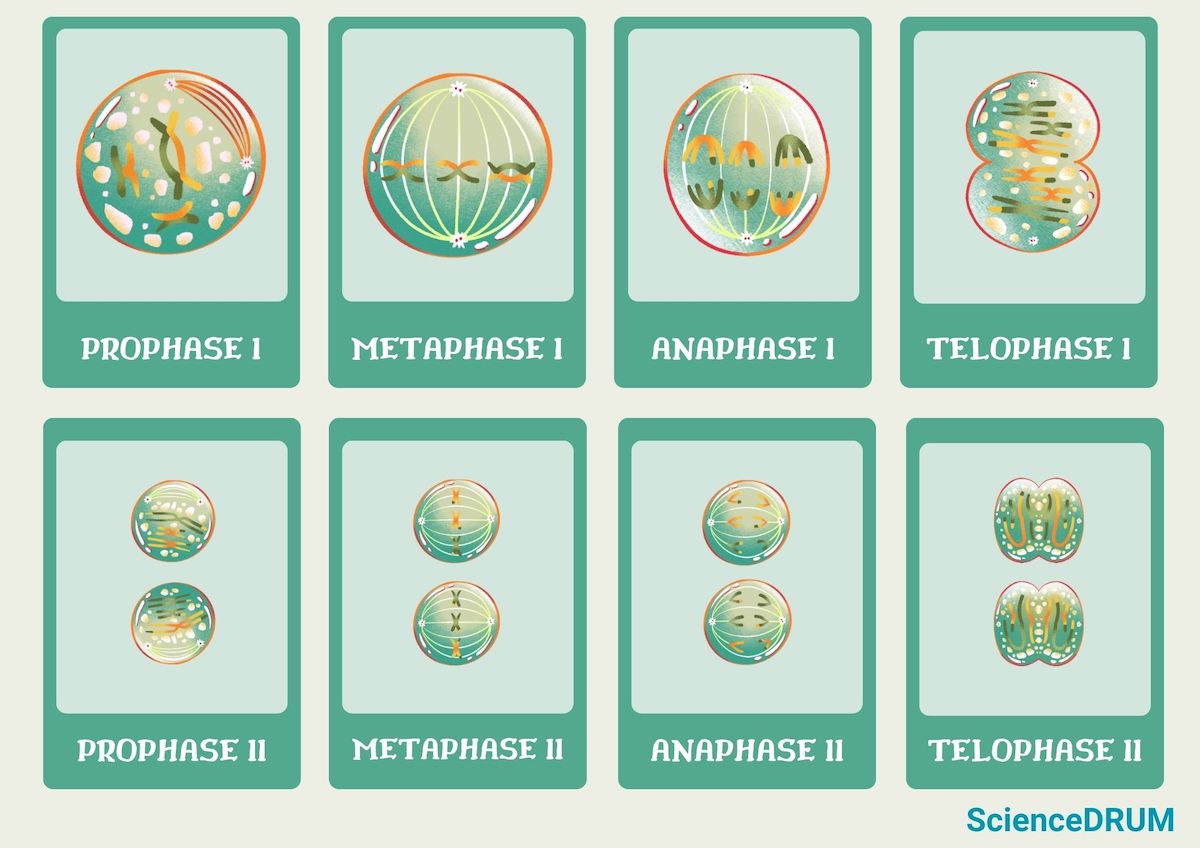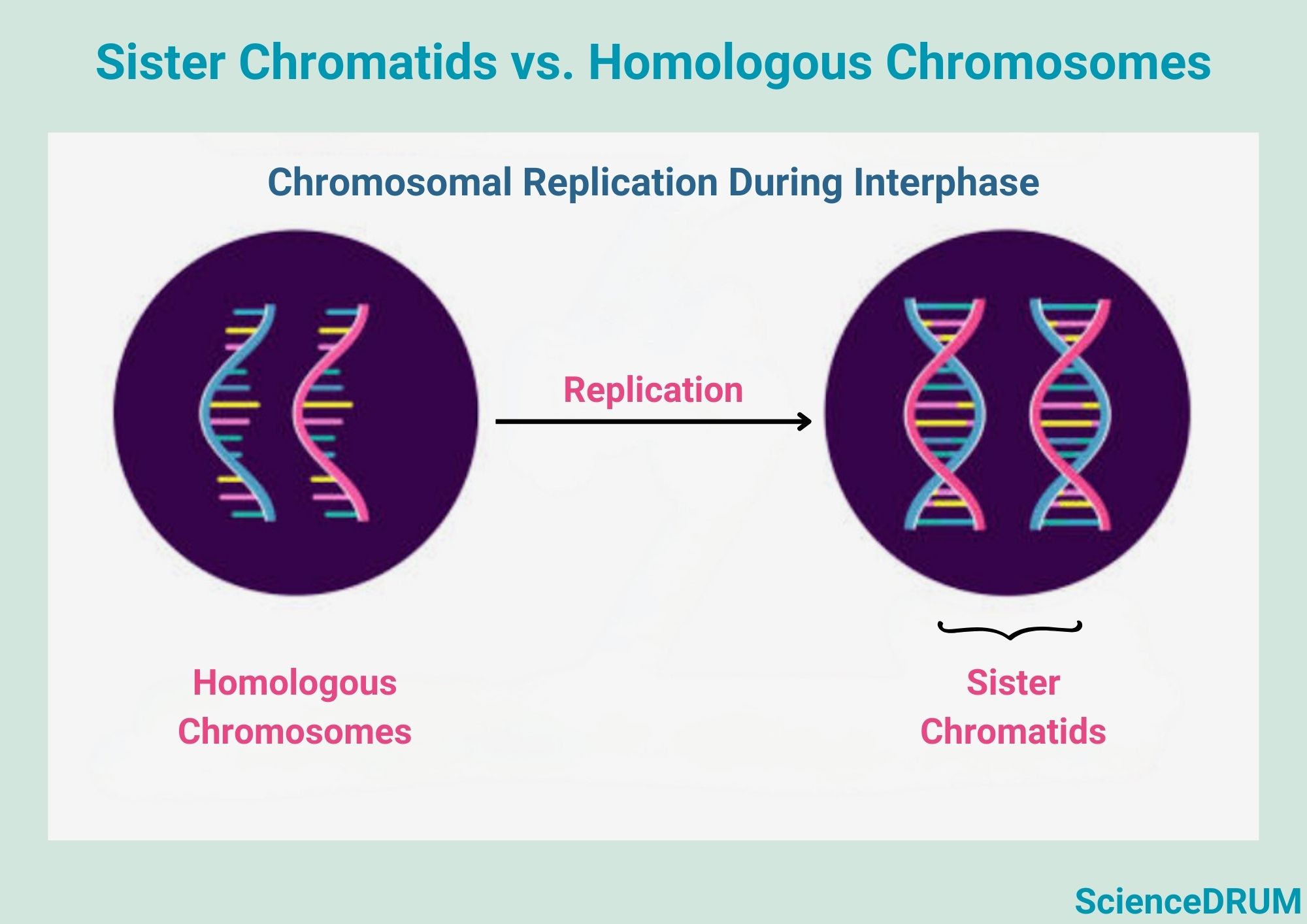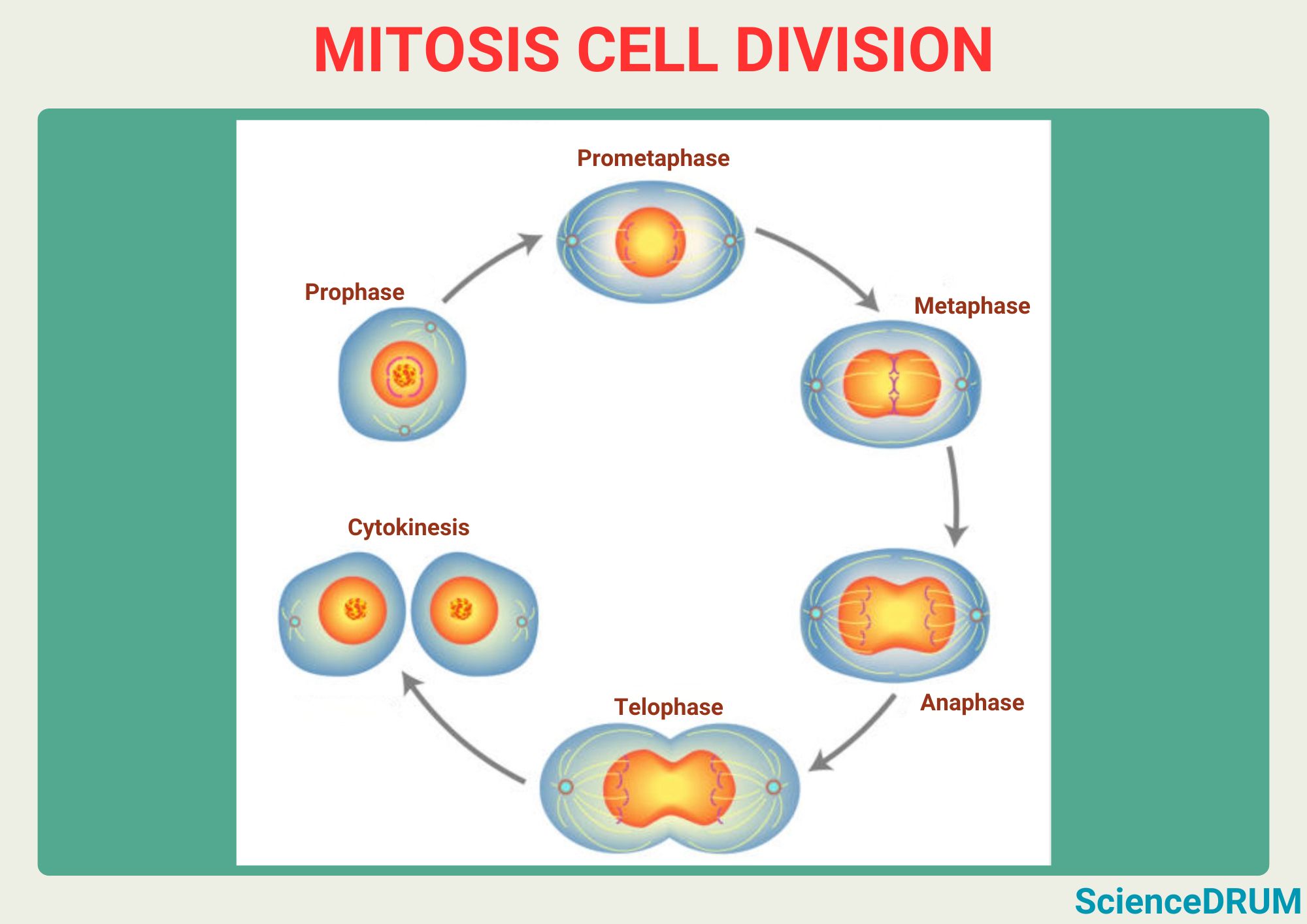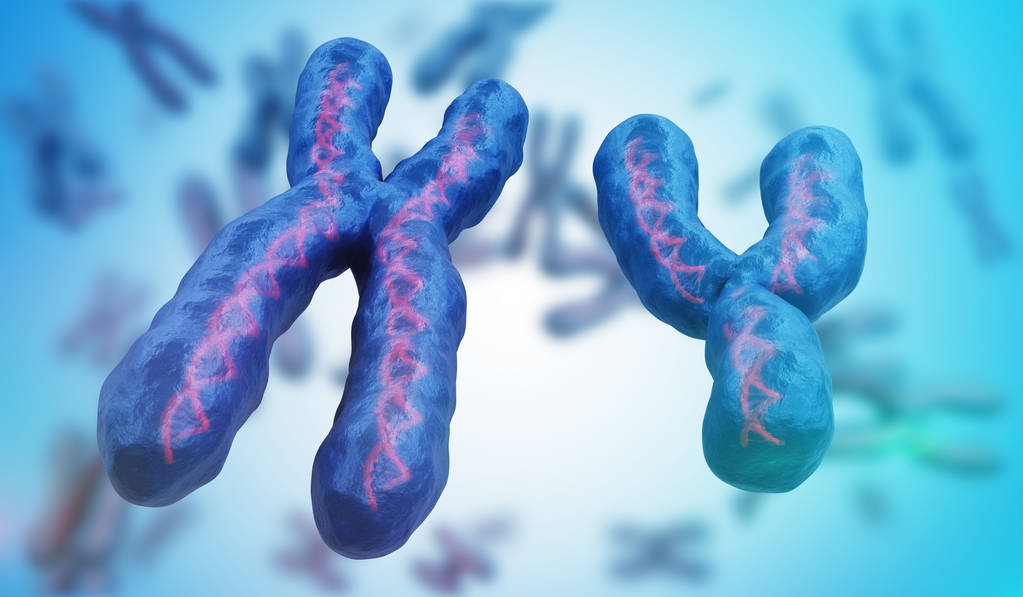What Is the Relationship Between Genes and Chromosomes?
Although genes and chromosomes are not the same, they are closely related.
Genes as well as chromosomes are two essential components of the genetic material of every living organism.
Learn more about the functions of genes and chromsomes.
What Is the Relationship Between Genes and Chromosomes? Read More »


